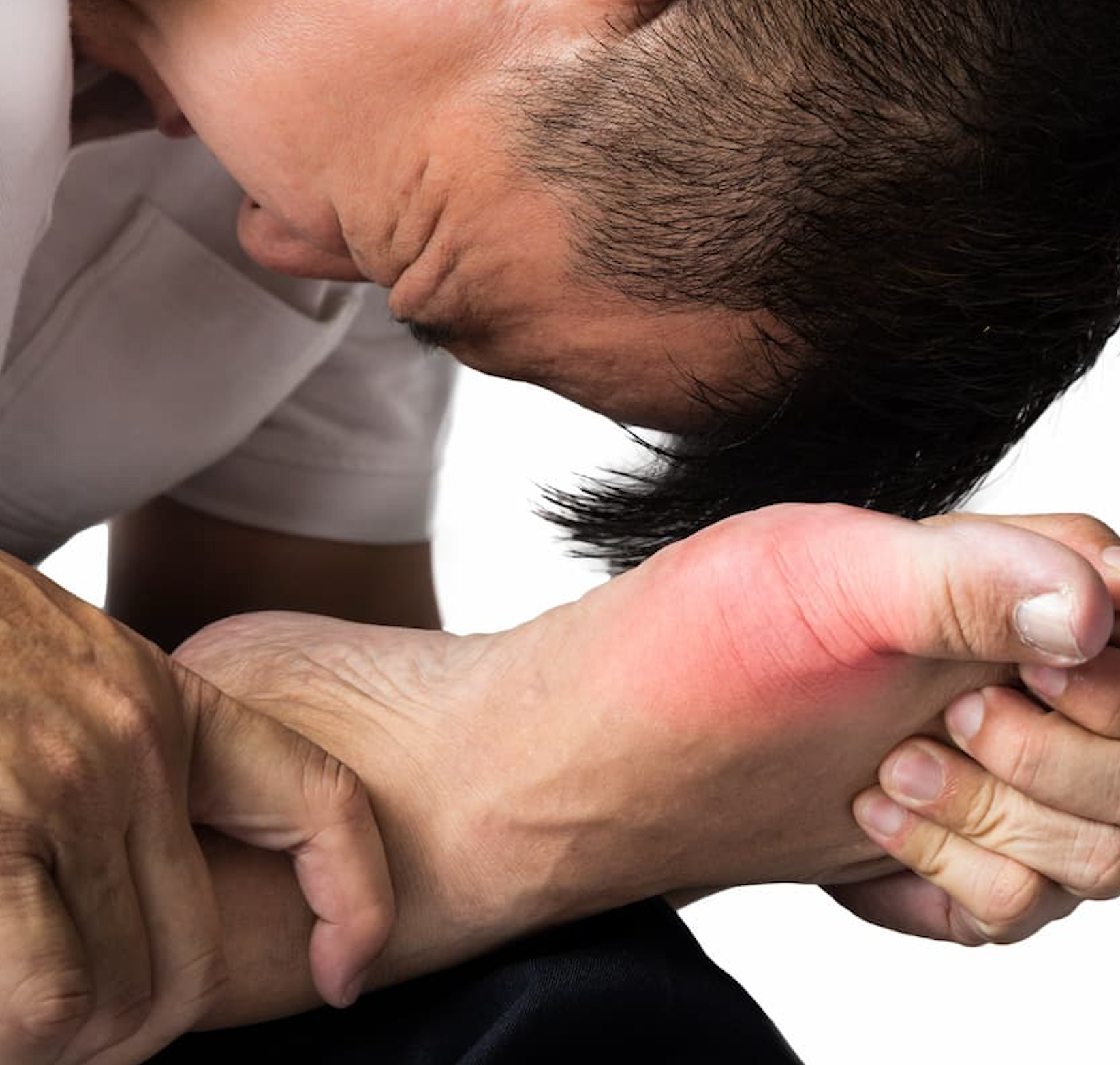Traditional Chinese Medicine Decoction May be Effective Alterative Therapy for Gout
Compared to routine care, TCMD could better reduce the incidence of adverse events and the level of laboratory indicators.
Credit: Adobe Stock/ThamKC

As traditional Chinese medicine decoction (TCMD) was shown to be an effective strategy in reducing the incidence of adverse events, it may be a satisfactory complementary and alternative therapy for treating patients with gout, according to a study published in Medicine.1 As few studies have evaluated the safety and efficacy of this treatment, investigators noted the need for future research focusing on active ingredients, targets, and signal pathways.
The global prevalence rate of gouty arthritis is .52%, with incidence rates increasing every year. Interestingly, both rates are higher in China compared with the global average. As such, research on the treatment of gout has received increasing attention in recent years.
According to the American College of Rheumatology and Chinese Society of Endocrinology, current treatment options include glucocorticoids, nonsteroidal anti-inflammatory drugs, allopurinol, colchicine, benzbromarone, and allopurinol. While these options have proven clinical efficacy, the adverse events related to these treatments have been documented, including benzbromarone-induced explosive liver necrosis and allopurinol-induced hypersensitivity. Therefore, researchers are set on finding safer and more effective alternative or complementary treatment strategies to treat this condition.2
“TCMD is considered an important complementary and alternative therapy for the treatment of gouty arthritis,” wrote Pengda Qu, MD, First Clinical Medical College, Yunnan University of Chinese Medicine, Kunming, China, and colleagues. “However, there are few evidence-based conclusions about the efficacy and safety of TCMD for gouty arthritis. Moreover, even though it is verified to be effective and safe, the underlying mechanism of TCMD in treating gouty arthritis as well as the relationship between the TCMD active ingredients and gouty arthritis targets are still unclear.”
Relevant randomized controlled trials assessing TCMD for gouty arthritis were identified from Chinese and English databases. A meta-analysis was performed by Stata 17 software while sources of heterogeneity were recognized via heterogeneity test, meta-regression, and subgroup analysis. The publication was determined using Egger’s test and funnel plots. Ingredients linked to TCMD and gout were collected from multiple databases, including TCMSP and DrugBank.
A total of 84 studies were included in the analysis, comprised of 7151 patients and 10 outcome indicators. According to meta-analysis, compared to routine care, TCMD could better reduce the incidence of adverse events and the level of laboratory indicators, which included blood uric acid (BUA), erythrocyte sedimentation rate (ESR), C-reactive protein (CRP), interleukin 6 (IL-6), IL-8, IL-1β, and tumor necrosis factor-α (TNF-α).
Regarding network pharmacology, 150 active ingredients and 303 target genes from the 10 most common herbs in the 84 studies were identified. Additionally, 3082 disease targets and 195 cross targets of the herbs and gouty arthritis. The top ranked ingredients, signaling pathways, and intersection targets included wogonin, kaempferol, quercetin, AKT1, TNF, and TP53, in addition to IL-17, HIF-1, and PI3K-AKT. Investigators visualized 10 results with low binding energy among the 81 molecular docking results, which included IL1B and beta-sitosterol and MYC and beta-sitosterol.
Investigators mentioned several limitations including the absence of blinding and unclear randomization methods, which could lead to a significant risk bias and reduce the credibility of the findings. Additionally, while heterogeneity was decrease post-analysis, certain sources of heterogeneity were unable to be fully explained. Lastly, in some studies, the decoction was slightly modified, which may hinder generalizability.
“Although our study indicated that TCMD exhibits good potential in treating gouty arthritis, further research is needed to address these limitations and validate the relevant results,” investigators concluded.
References
- Qu P, Du S, Wang W, et al. Treatment of gouty arthritis with traditional Chinese medicine decoction: Meta-analysis, network pharmacology analysis, and molecular docking. Medicine (Baltimore). 2024;103(1):e36722. doi:10.1097/MD.0000000000036722
- FitzGerald JD, Dalbeth N, Mikuls T, et al. 2020 American College of Rheumatology Guideline for the management of gout. Arthritis Rheumatol. 2020;72:879–95.